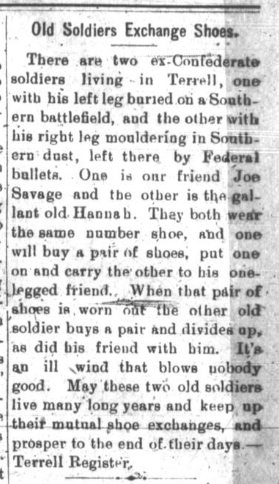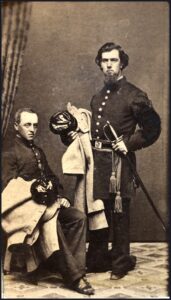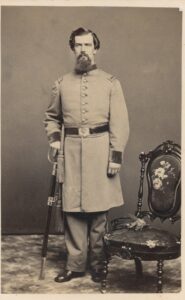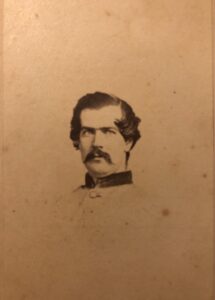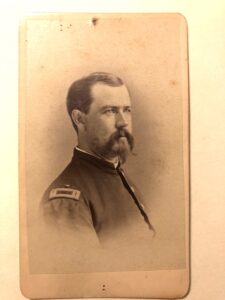The 13th Alabama Infantry in Maryland, in detail
19 July 2025
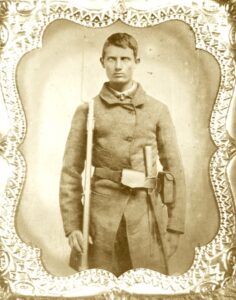
Private “Mage” Allen, Company H [Alabama Archives]
I’ve just completed a thorough scrub through the military and other records of the men of the 13th Alabama Infantry regiment, and extracted service and personal details for those who were present on the Maryland Campaign of September 1862.
Following is some interesting information that comes from that collection of data.
Savage shoes
1 July 2025
This from the Terrell, Texas Register by way of the of Fairfield Recorder of 28 August 1896. I’ve not found who “old Hannah” was, but Joe Savage was a Sharpsburg veteran, a Private in the 13th Alabama Infantry. He lost his lower leg and foot to amputation two weeks after he was wounded at Jones’ Farm near Petersburg, VA on 30 September 1864.
Notes
I remember seeing stories like this before – but can’t place them now. Please comment if you know of others. The Fairfield Recorder is online through the Portal to Texas History from the University of North Texas Libraries.
Henry Roger Jones: 4 in uniform
4 June 2025
Here are some excellent photographs of Henry Roger Jones very kindly sent me by his great-great-granddaughter Deborah Burks.
Henry was a 23 year old law student in Illinois in early 1861, but returned to his native state and enrolled as First Sergeant of Company C, 8th Connecticut Infantry in September. Here he is, on the right, in a picture taken with another soldier, not yet identified, about that time:
He was appointed 2nd Lieutenant the next summer and was seriously wounded in combat at Antietam on 17 September 1862 and briefly a prisoner of war there. Disabled for further field service, he was discharged in January 1863 and enrolled in the Veteran Reserve Corps in July 1864. That’s him in VRC uniform in these next two images:
He continued as a First Lieutenant in Regular Army service after the war; with the 43rd US Infantry (VRC) then with the First US Infantry after the two regiments were merged in 1869. Here he is in post-war service:
He retired in 1878 and was promoted to Captain on the retired list in 1904.
Notes
Deborah also transcribed the backs of each of these photographs; from the top down, 1 – 4:.
(1) printed: “Cartes de Visite by Davis, 245 Main Street, Hartford Conn.”
(2) printed: “J. T. Upson, Buffalo, NY”
(3) handwritten: “Henry R. Jones, Adjt, 11th Inv. Corps, Rock Island, Ill. Dec. 26 ’63. [added: Capt 20th VRC];” printed: “G. A. Douglass & Co. (Late Powelson’s) 230 Main Street, Buffalo, N.Y.”
(4) handwritten: “Henry R. Jones, Lieut. USA.;” printed: “R. S. De Lamater, Photographer, No. 258 Main Street, 3 Doors above Post Office [Hartford, CT].”
